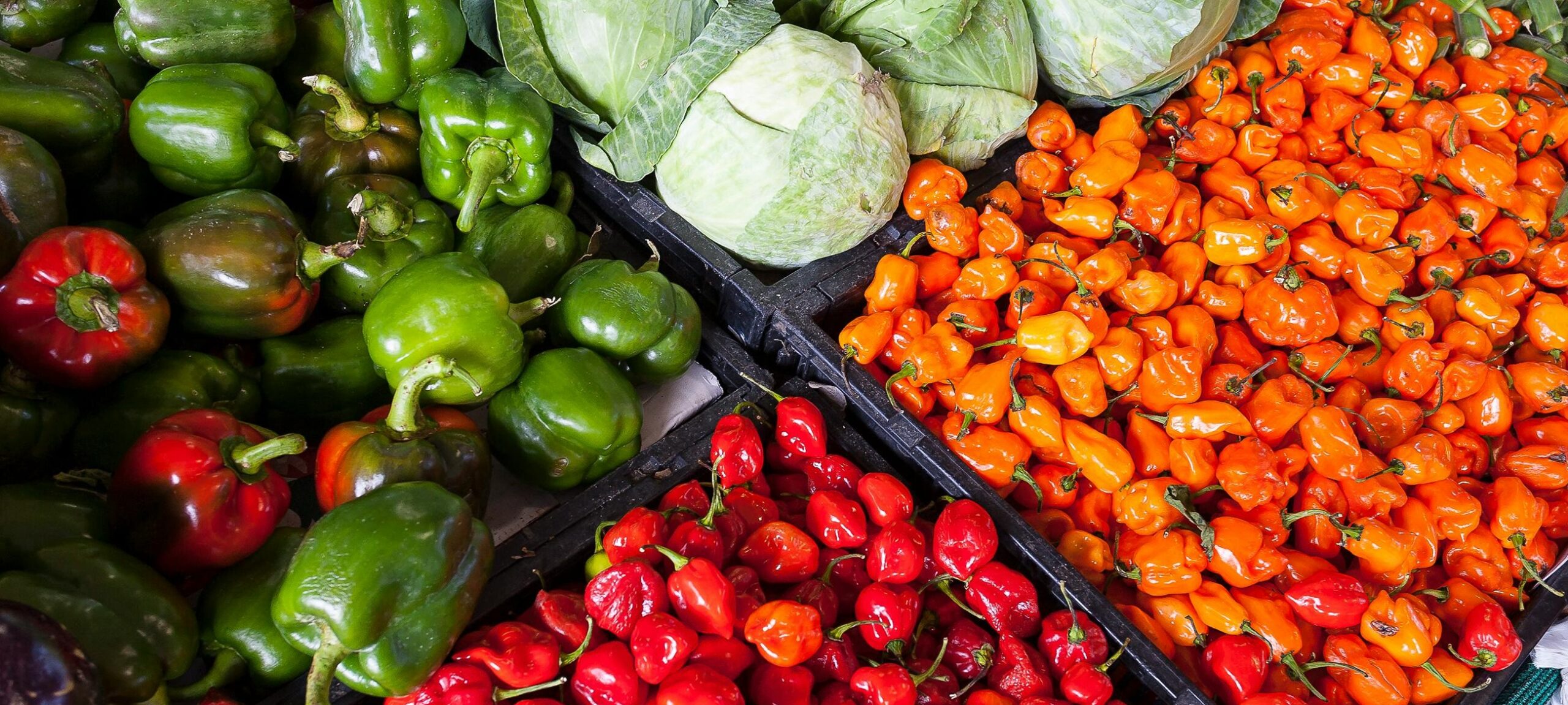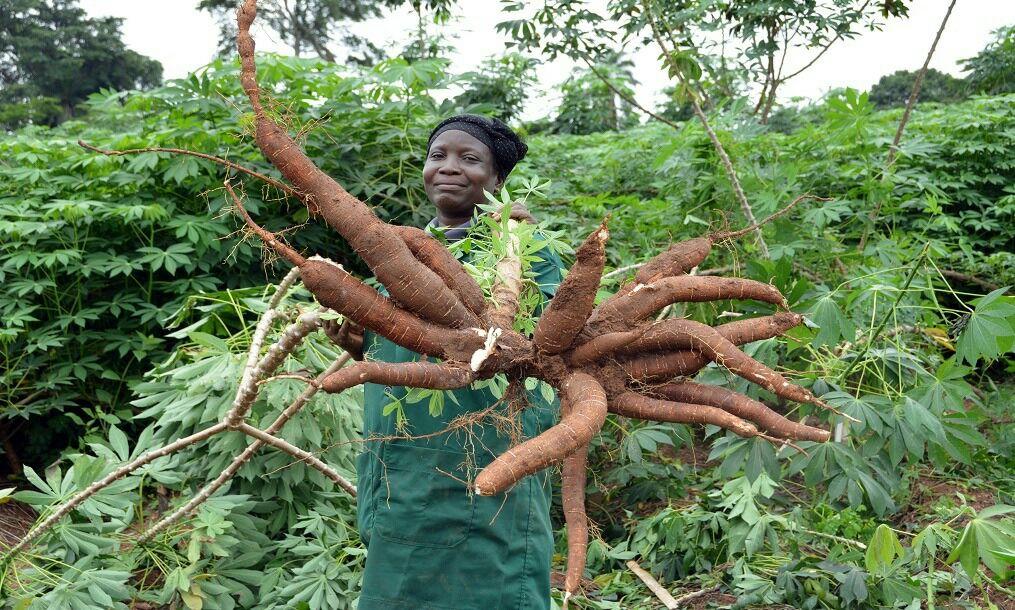Cassava is one of Nigeria’s most important crops. It feeds millions of people, supports small businesses, and supplies the raw material for many products—from garri to starch to industrial ethanol. But when someone buys land to farm cassava, the big question is always the same: how much money can I actually make?
Many people hear stories about huge profits. They hear that cassava grows well in almost any soil, that it needs little care, and that buyers are always waiting. While parts of that are true, the full picture is more detailed. If you’re thinking of investing in a 5-acre cassava farm, this article will give you a real look at what to expect.
We’ll talk about what you need to spend, what kind of harvest you can hope for, and how much money you might walk away with at the end of the season.
What You Need to Start
Before you can plant anything, you need land. If you already own land, that’s one less cost to worry about. But if not, buying or leasing land is your first major step. In places like Oyo, Ogun, or Ekiti, you can still find farmland for between ₦500,000 to ₦800,000 per acre, depending on how close it is to roads or towns.
Let’s say you already have your 5 acres ready. The next steps are land clearing, ploughing/ ridging. In most parts of Nigeria, clearing one acre costs between ₦50,000 to ₦100,000. Multiply that by 5 acres, and you’re looking at ₦250,000 to ₦500,000. Ploughing/ridging will take another ₦40,000 to ₦50,000 per acre.
Cassava stems also cost money. You’ll need about 60 to 70 bundles for 5 acres. Each bundle (of 100 cuttings) costs around ₦4,000 to ₦5,000, depending on the variety and season. That’s another ₦240,000 to ₦280,000.
You also have to think about labour—planting, weeding, spraying, and harvesting. Labour is one of the biggest costs in any farm. For cassava, it could reach ₦350,000 to ₦500,000 over the course of a season.
How Much Can You Harvest?
Cassava takes between 9 to 12 months to mature, depending on the variety. If your farm is well managed, each acre can produce 10 to 15 tonnes of fresh tubers. So, for 5 acres, you could get anywhere from 50 to 75 tonnes.
But that’s only if everything goes right—good weather, no pest attacks, and proper weeding. In reality, many farmers average about 8 to 10 tonnes per acre, especially in their first year. That brings the expected yield closer to 40 or 50 tonnes for 5 acres.
The price of cassava changes a lot. During harvest season, fresh tubers can sell for as low as ₦25,000 per tonne. In the dry season, it may go as high as ₦55,000 or more, especially if there’s high demand from garri processors or factories.
If we use a mid-range price of ₦35,000 per tonne and an average yield of 50 tonnes, that’s ₦1.75 million in gross income. At 60 tonnes, it’s ₦2.1 million.
What Affects Profit the Most
Several things can reduce your profit or make you lose money.
First is poor land. If your land has hard soil, heavy stones, or is waterlogged, the roots won’t grow well. Cassava needs loose, rich soil.
Second is timing. If you plant late, weed late, or delay harvest, you’ll lose yield or miss good market prices.
Third is labour quality. If your workers don’t plant correctly or weed properly, it affects the harvest. Cassava needs attention during its early months to grow well.
Fourth is market access. If you harvest and can’t find a buyer nearby, you may have to sell cheaply or spend more on transport.
Lastly, pests and diseases. Cassava is hardy, but it’s not immune. Mealybugs, mosaic disease, or stem rot can reduce your yield.
Beyond the Tubers: Extra Ways to Earn
Many farmers just sell fresh tubers. But there are other ways to increase your income.
You can process cassava into garri, fufu, or chips. This takes more time and effort, but it often brings better prices. For example, garri prices tend to be more stable, and small-scale processors often earn more per tonne.
Another method is selling stems. If your farm is healthy, your stems can be harvested and sold to other farmers. During planting season, stems can bring in good money. Some farmers make an extra ₦300,000 or more from just 5 acres this way.
If you don’t want to process or sell stems, leasing out your farm after harvest is another option. Some vegetable growers look for cleared land they can use for a few months. You earn extra while you plan your next cassava cycle.
What Most New Investors Get Wrong
Some people go into cassava farming thinking it’s a passive business. It’s not. While cassava is more forgiving than crops like tomatoes or peppers, it still needs care. Ignoring the farm for months will only lead to poor harvests.
Another mistake is relying too much on contractors without monitoring. If you’re not close to the farm or you don’t check on progress, things can go wrong fast. Workers may cut corners, skip weeding, or under-report harvests.
Some also forget to plan for marketing. Growing cassava is only half the work. Selling it well is just as important. Before harvest, you should already know where your cassava will go. Waiting till the last minute often leads to low prices.
Is It Worth It?
Yes—but only if you treat it like a real business.
A 5-acre cassava farm won’t make you rich overnight, but it can earn you steady income year after year. You need patience, good planning, and some basic knowledge. Over time, as you learn from your first cycle, you can improve your yield and profits.
At Vantage Nigeria, we’ve worked with first-time investors who started small and grew bigger after one or two cycles. We’ve also seen people lose money because they skipped key steps.
If you’re not ready to be hands-on, you can still earn from cassava by working with experienced farm managers, or investing in managed farmland.
Thinking of Starting a Cassava Farm?
Vantage Nigeria helps investors like you make smart farmland choices. We offer vetted land, trained labour, and experienced supervision. Whether you want to start from scratch or work with a team, we can guide you.
Call us today
0916 333 6051





